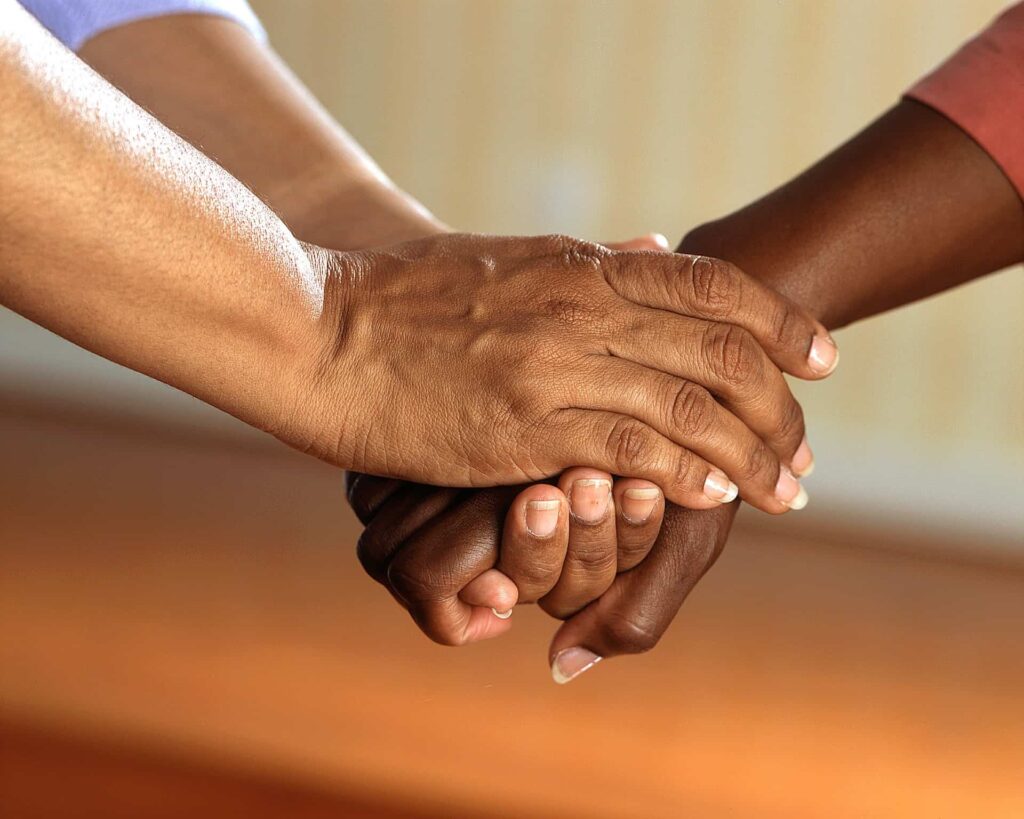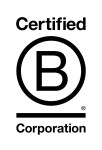
30 billion, 90%, 5 times, 27 dollars, 7%…what’s behind these numbers? On one hand, a grim picture of missed opportunity, on another – a light of hope for our future. Consider the facts:
- If women scaled as entrepreneurs, $30 billion can be added to our country GDP.
- Women put 90% of their income into their communities and families.
- Women have been starting businesses at 5x the rate of the national average.
- 1 out of 27 dollars of commercial lending goes to women led businesses.
- 7% of all the venture capital is received by women.
I remembered these facts last week as I attended the Scale Collective event in NYC hosted by Virago, a strategic advisory supporting women entrepreneurs. The event brought close to 100 women entrepreneurs together and was held at the venue located in midtown west, the part of the city going through unprecedented transformation and rebirth, from the area of dark and deserted warehouses into glass skyrises attracting sun light and new life.
I found it to be very symbolic. The movement of women entrepreneurship is gaining momentum, coming out of the shadow and into the light. There are now events, networks, funds, accelerators focused solely on women in business. This progress is remarkable, but we need more. The majority of these efforts are happening locally, organized by one or two women specialized on one problem area. What we’re missing is collective scale, national effort, and change on a federal level.
This is #whatweneedtosucceed is all about. In a letter to a future president endorsed by 80 companies, there is an agenda of items that must be implemented at a national level to promote and create equal opportunities for women entrepreneurs. This is the first call-for-action of its kind. Among many “needs” on the list, there are a few deeply engraved in the mission of CNote and our CDFI partners: to “foster small business lending” and to “create new sources of capital.”
The buzz about women’s potential in business is out there moving in waves. My greatest hope is that these waves reach the ocean. In 10 to 20 year, I hope that our daughters won’t be sitting in the same room, talking about #whatweneedtosucceed but rather sharing their stories of success and celebrating the progress, not knowing the times when it had been different for their mothers.
– Yuliya Tarasava, Co-founder







